Machu Picchu in Peru, South America is the most well-known and popular Inca heritage ruin and is visited by over 1.2 million people every year.
Machu Picchu is both, scenically beautiful and historically poignant – the perfect destination for travellers who are curious about culture and are up for a physical challenge.
Trekking To Machu Picchu
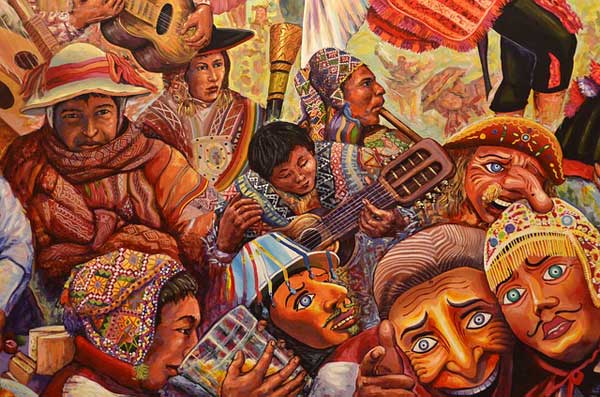
Machu Picchu is the most famous Inca archaeological ruin, and is each year becoming an exponentially more popular tourist destination.
Located in the Andes mountains of Cusco, Peru, it is UNESCO World Heritage Site and in 2007, it was declared one of the “New Seven Wonders of the World”. This title does not reflect on the age of the site which is actually almost 700 years old having been built in the 1450s during the reign of Inca emperor Pachucti.
Although the original purpose of this impressive monument is not conclusively understood, it is thought to have been built as a country estate for Pachucti, or as a place of worship.
The site consists of an urban and agricultural sector and areas reserved for worship or royal use are clearly defined. Surrounding the city are rolling agricultural terraces, which would have produced food for the locals.
These terraces also served to reduce the impact of landslides and earthquakes by allowing efficient drainage for the ancient citadel. In addition to the practical utility of the structures, they are also mystifyingly accomplished architectural feats.
The city was built following a method called ashlar; by placing stone on stone without the help of mortar and the extraordinary precision with which the Inca were able to manoeuvre such massive stones is still not properly understood.
Furthermore, the Inca built structures such as the Temple of the Sun and the Astronomical Observatory, which reveal their advanced understanding of planetary interactions.
About a century after its establishment, the Incas abandoned the citadel. The precise reasons for their relocation is not known, but people speculate that it could have been because the outbreak of smallpox, brought to South America at the time of the Spanish Conquest.
The ancient site was not rediscovered by the outside world until 1911 when Yale professor Hiram Bringham came across it. Since then, many of the outer buildings have been reconstructed for the sake of tourists, while the rest of the site is in the process of meticulous restoration.
Today, Machu Picchu is the icon of Incan civilisation and represents awe-inspiring human ingenuity for all who visit.
Learn more Machu Picchu facts.
Best Hiking Routes To Machu Picchu
Trekking to Machu Picchu is an unforgettable experience both because of breath-taking natural scenery, the diverse flora and fauna as well as the rich cultural aspect of the ancient site.
Although the Inca Trail is the most popular and well-known route leading to Machu Picchu, the Incan citadel in the Andes Mountains of Peru, there are numerous trails to choose from based on your needs.
Here you will find information on routes that go beyond the typical Inca Trails as well as information on the popular alternative trails to Machu Picchu, so you can make your choice based on which adventure appeals most to you.
Inca Trail
- Distance: 45km
- Average distance per day: 12km
- Highest altitude: 4,200m
- Number of days trekking: 4-days/3-nights. Or 5-days/3-nights (extra day at Machu Picchu).
- Difficulty: Moderate.
The many steps on the Inca Trail can be tough on your knees and the altitude of Dead Woman’s Pass will be the greatest challenge.
Due to the popularity of the trail, the Inca Trail is only operated by licensed trekking companies. Permits are extremely limited with only 200 permits a day granted to trekkers (300 for support staff).
The permits sell out quickly, so make sure to book at least 6 months in advance.
The Inca Trail is separated into the Classic Inca Trail, the Short Inca Trail and the Salkantay/Inca Trail combo.
The Classic Inca Trail, running from Cusco to Machu Picchu, is the perfect option for those who desire to trek the original route of pilgrimage to Machu Picchu. The route is known for its beautiful Andean scenery and compelling history. However, the route can feel crowded due to its popularity.
See more detail on the Inca trail.
Short Inca Trail
- Distance: 13km
- Average trek distance per day: 13km
- Highest altitude: 2700m
- Number of days: 2-days/1-night
- Difficulty: Easy
- Best time to trek: The best time to do the Short Inca Trail is the same as the Classic Inca Trail.
- Accommodation: Hotel in Aguas Calientes
If you want to experience the Classic Inca Trail but don’t have the time or aren’t looking for a challenge, the Short Inca Trail is a great option and is a popular alternative to the Classic Inca Trail.
Salktantay/Inca Trail
- Distance: 65km
- Average trek distance per day: 12km
- Highest Altitude: 4900m
- Number of days: 6-days/5-nights (can be extended to 7-days/6-nights if you want to spend longer at Machu Picchu)
- Difficulty: 4/5 (This is a long trek with the second day being particularly challenging)
- Best time: The best time to do the Salkantay/Inca Trail Combo is the same as the Classic Inca Trail.
- Accommodation: Camping
The Salkantay/Inca Trail combo is a more strenuous alternative to the Classic Inca Trail. This is the ultimate Inca trek; the tough trek combines beautiful snow-capped mountains and Inca ruins steeped in ancient history.
You will spend 3-days trekking around the foot of the spectacular Salkantay Mountain and then join up with the route of the Classic Inca Trail on the 4th day.
Alternative Trails to Machu Picchu
There are several alternative trails to the Inca Trails. These treks do not require permits and can be trekked without a guide, although this Is not recommended if you are not familiar with the area.
They all arrive in Agua Calientes where you will spend the night in a hotel before you head to Machu Picchu, whether via a bus or on foot.
Salkantay Trek
- Distance: 55km
- Average trek distance per day: 12km
- Highest altitude: 4600m
- Number of days: 5-days/4-nights
- Difficulty: 4/5. This is a long, high altitude trek.
The Salkantay Trek is the most popular alternative trek to Machu Picchu, in fact, it was rated one of the 25 best treks in the world by National Geographic Adventure Magazine.
This is a tough trek with some of the best scenery, from snow-capped mountains to tropical rainforests with the highlight being getting up close and personal with Nevada Salkantay.
Lares Trek
- Distance: 33km (varies)
- Average trek distance per day: 8km
- Highest altitude: 4,450m
- Number of days: 4-days/5-nights (can vary depending on route variation and the number of days you choose to spend in Machu Picchu)
- Difficulty: 2/5. This is not a particularly challenging trek, however there is a tough pass on day 2 that can be tricky.
The Lares Trek is relatively undiscovered and remote. It is an amazing option if you wish to immerse yourself in local culture and interact with authentic Peruvian communities. Enjoy the joys of local life as well as the breath-taking scenery.
Choquequriao Trek
- Distance: 60km cycling, 15km trekking
- Highest altitude: 4316m
- Number of days: 4-days/3-nights. Can be shortened to 3-days/2-nights by skipping the trekking portion.
- Difficulty: 2/5. The cycle is long, but its downhill so should not be too strenuous. The trekking portion is relatively easy.
The Choquequriao Trek can be described as untamed and remote. It is tough trek with steep inclines over mountain passes, high altitudes and high sun exposure. This trek is not for the faint of heart, but it is worth it for those brave enough to tackle it.
Inca Jungle Trek
- Distance: 60km cycling 15km trekking
- Highest altitude: 4,316m
- Number of days: 4-days/3-nights. Can be shortened to 3-days/2-nights by skipping the trekking portion.
- Difficulty: 2/5. The cycle is long, but its downhill so should not be too strenuous. The trekking portion is relatively easy.
The Inca Jungle Trek is a great option for adventure seekers as it goes beyond a standard trek and incorporates a number of adventure activities such as downhill cycling, zip-lining and river rafting.
Vilcambamba Trek
- Distance: 62km
- Average trek distance per day: 16km
- Highest Altitude: 4,500m
- Number of days: 5-days/4-nights
- Difficulty: 5/5. This is the most challenging trek on the list, you will experience long days on foot and high mountain passes.
Vilcabamba Trek is perfect for the experienced backcountry trekker. Go off the beaten track and deep into the jungle. This sparsely visited trek is where history meets wilderness.
Enjoy the diverse flora, fauna, snow-capped peaks, valleys and Incan ruins. You will be challenged but t is worth it for the diversity and beauty of the trail.
Huchuy Qosco Trek
- Distance: 20km
- Average trek distance per day: 10km
- Highest altitude: 4,230m
- Number of days: 3-days/4-nights
- Difficulty: 2/5. The trek is short and relatively easy.
This beautiful trek is perfect if you have limited time. Enjoy the gorgeous scenery and Huchuy Qosco ruins on your way to Machu Picchu.
Machu Picchu Trek FAQ
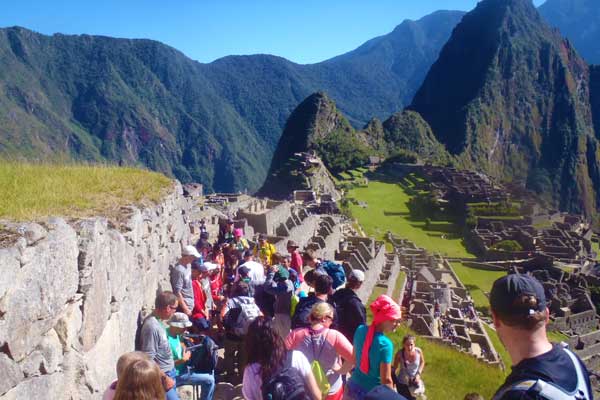
Photo By Inca Trail Marathon
When Is the Best Time To Trek Machu Picchu?
The year is divided into two distinct seasons in the sub-tropical Peruvian Andes – a dry season which lasts from late April to late October, and a warmer wet season which starts in early November and lasts until early April.
In general, most people hike Machu Picchu between May and September, during the drier cooler months. This does of course mean that these are the most crowded months of the year in both the ancient Citadel as well as on the trails themselves.
Because of the high rainfall in January and February, this period is not ideal for hiking, and the Inca Trail is closed for restoration during February.
To avoid the rain and heavy concentration of tourists, the best time to go hiking is in the months towards the beginning and end of the dry season – April, May, late September, October and early November.
Temperatures remain relatively constant and moderate throughout the year, ranging between 25 °C– 28 °C and 7 °C – 10 °C. The day temperatures are usually warm and humid, with the temperature dropping in the evening. Between May and September, the night-time temperatures are known to drop below zero.
Finally, while this guide can indicate certain trends, the weather on the trail is in fact notoriously unpredictable and there is always the possibility of being rained on, no matter what time of year you trek Machu Picchu. Quality waterproof gear is therefore essential to avoid a very uncomfortable experience. Fog is also very common in the early mornings but usually clears by midday.
For more detailed information on the weather in Machu Picchu, see our article: The Best time to Hike Machu Picchu.
Is altitude sickness a risk on hikes to Machu Picchu?
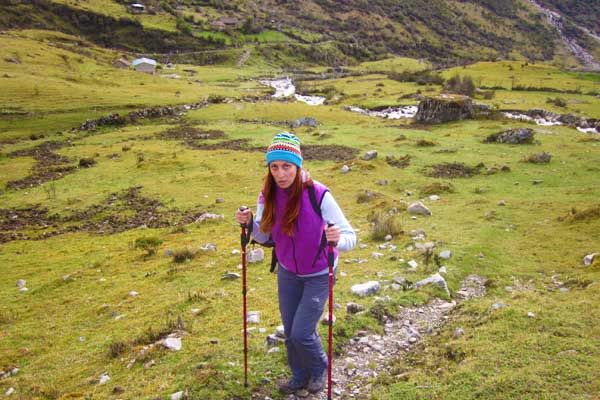
The Machu Picchu treks, apart from the Short Inca Trail, span an altitude of over 4,000 meters, which is known to put hikers at risk of altitude sickness. Altitude sickness generally starts to show symptoms beyond 3,000 meters above sea level, and Cusco is itself located at 3,400 meters above sea level.
A person’s proclivity to being badly effected by altitude sickness is unpredictable, and is not related to their age or fitness.
It is thus important that hikers are well educated on the symptoms, effects and mitigation strategies of altitude sickness before their expedition in the Andes. We therefore recommend that you take a moment to read our detailed guide on altitude sickness and acclimatization.
Briefly, here are some tips for reducing the risk and effects of altitude sickness:
- Relax and enjoy the town – spend some time acclimatizing in the Cusco before attempting any physical activity
- Avoid alcohol and drugs (including sleeping tablets) – even a small amount can cause a severe headache at high altitudes
- Drink a lot of water – staying hydrated is critical to avoiding the symptoms of altitude sickness
- Go lower to acclimatize – even being in Cusco can trigger serious altitude sickness. If this is a problem for you, go to the lower Sacred Valley. Generally, if you are higher than 3000m, you are recommended not to camp higher than 300m from your starting point each night.
- Drink coca tea – this brew is known to alleviate some of the symptoms, just don’t overdo it
- Get an Oxishot – this is a small container of 8 litres that you can use whenever you need it and helps to reduce headaches and fatigue
- Go to the doctor – before your trip, if you are feeling anxious and want professional advice. More importantly though, be sure to visit a doctor if you symptoms persist during your trip. Altitude sickness can cause serious health problems and may even be lethal if left untreated.
How Difficult Is Hiking To Machu Picchu?
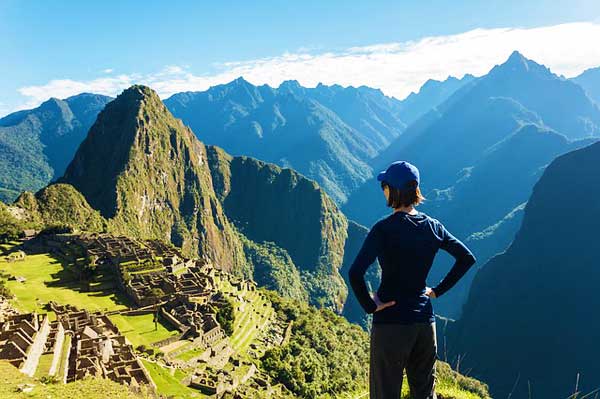
The “Classic Inca” trail is considered “moderately difficult”, but what exactly does this mean? Hiking 45km, with over 2000 vertical meters to climb up and down and over 3,000 stairs is no mean feat, especially considering the added effects of altitude sickness.
This effort required to get to Machu Picchu is not generally divided evenly over the 4-day adventure. Instead the most aerobically demanding section is packed into the first day-and-a-half of hiking.
Dead Woman’s Pass is considered the toughest of the three passes on the Inca Trail, both because of its high altitude and the steepness of the terrain.
There is however the option of staying in a high altitude campsite overnight, which helps to make the second day a lot easier. Otherwise, staying a few nights in Cusco before getting going will alleviate the symptoms of altitude sickness while on the mountain.
Technically, the hike is not challenging as it follows a sturdy stone pathway. However, if you’ve decided to hike during the rainy season, the trail can be extremely slippery so waterproof boots with rubber soles are a must.
If you’ve decided to choose one of the alternative routes to the Machu Picchu, the difficulty will of course vary.
Some of the easier hikes are the Short Inca Trail, Lares Trek, the Inca Jungle Trail and the Huchuy Qosco Trek, while the harder options include the Salktantay/Inca Trail, the Salkantay Trek and the Choquequriao Trek. The most physically challenging of all the hikes is the Vilcambamba Trek.
How to train for a Machu Picchu hike?
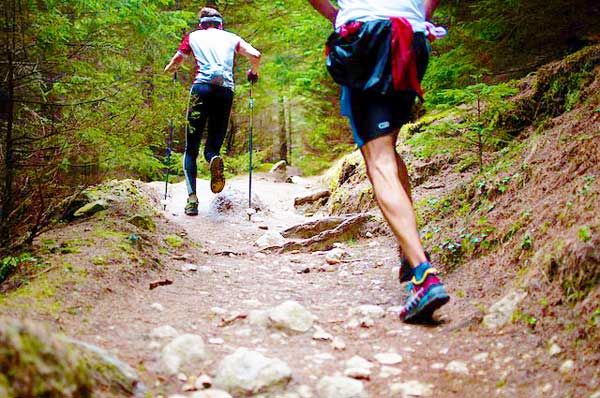
In order to hike to Machu Picchu, whichever route you choose, you will need to be in relatively good physical shape. You will need to be able to hike for 4 days in a row for about 7-hours each day, so we suggest that you follow a simple training regime to prepare you.
For the Classic Inca Trail, the numerous stairs are likely to be the most physically demanding aspect of the hike. It is therefore important for you to build stamina in your legs to reduce the potential strain on your joints.
The best way to prepare for you expedition in Machu Picchu is to go day-hiking in your home country. Ideally, hiking about 3-5 hours once a week in the months just before your hike would be advised to break in your boots and harden your muscles.
Additionally, you should be going to the gym to a couple of times a week to improve your aerobic fitness.
Exercises like swimming, spinning, or rowing will be good for your cardiovascular system, while strength building for your legs by lunges, squats and many other options.
Lastly, remember to include some stretching in your routine to make sure you have enough flexibility to reduce the chances pulling a muscle on your hike.
What gear do I need when hiking to Machu Picchu?
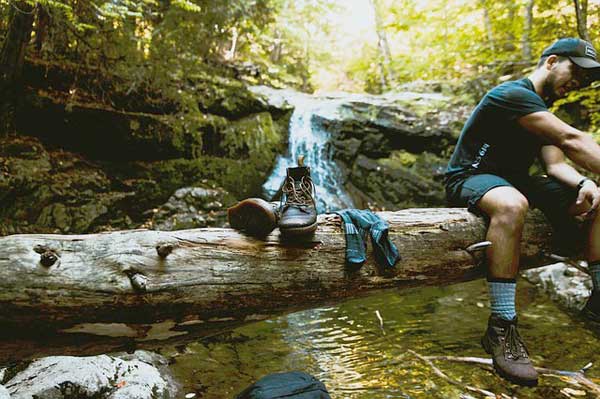
The final stage in preparation for your journey involves getting the right gear. While some of these items can be purchased or rented in Cusco, others are best bought before your trip to ensure quality, cost-effective equipment.
The trekking gear you choose to take with you to Machu Picchu will very much depend on what route you intend to take and what season you intend to trek in.
This detailed Inca trail packing list provides the intrepid trekker with tried, tested and refined recommendations.
This packing list applies to all the Machu Picchu hikes, except for the Inca Jungle Trail for which a sleeping bag is not necessary.
This detailed multi-day trek packing list provides you with very useful gear recommendations.
The gear we recommend has been tried and tested by countless trekkers and will serve you well on any multi-day trekking experience.
Here are some essential trekking gear items we strongly advise to bring with you, for more information see our hiking packing list.
How much does it cost to hike to Machu Picchu?
There are several variables which affect the cost of a trip to Machu Picchu, such as the time of year, the chosen tour agent/operator, as well as the option of group or private trek.
One of the first things that you will notice when planning your trek will be the vast number of options for trekking companies. Here is a brief summary and estimate of what will contribute to your costs.
Local Trekking Companies
The Peruvian government provides official licenses which enable companies to operate an Inca trail trek for tourists. These licenses are only available to local companies with offices in Cusco. There are almost 200 official trekking companies, so the choice can be overwhelming.
Cheap operators: Below about US$700. These companies often cut corners with costs (either in terms of their service or in the wages they pay their porters). We therefore recommend that you avoid paying for a company below US$600 as you will likely be disappointed by the service and likely have to be part of a big group of other tourists (about 16 trekkers at least).
Mid-range operators: Reliable, good quality operators generally cost at least US$900 per person for the 4-day/3-night Classic Inca Trail hike. Such companies will normally host group of 8 – 12 trekkers, and typically include the following in their prices.
Please Note: Check what exactly is included in the package before purchasing.
- Hotel pick-up and transfer to the start of the trek (KM82) in the Sacred Valley
- Inca trail and Machu Picchu entrance
- Camping equipment ( 2-man sleeping tent, dining tent and all food and cooking equipment)
- 3 prepared meals per day
- A professional guide for English speakers
- Porters who carry camping gear (tents, food, gas canister, emergency oxygen). Tourists have the option of hiring an additional porter to carry their personal gear (which can be up to 14 kgs). This costs an extra ~US$100 for 4 days
- Bus fare from Machu Picchu to Aguas Calientes
- Transport back to your hotel in Cusco (sometimes you need to catch a taxi within Cusco to your particular hotel)
More Premium Options
Unfortunately, a guarantee that your tour will run, no matter the number of other trekkers, costs extra. This does however mean your tour will not be cancelled if there are too few other hikers in your group.
If you want to hike in a smaller, private group, then the cost of the tour will increase exponentially. For example, if you are looking to do just a 2-person hike, the prices can reach as high as US$1,600 for the Classic Inca Trail hike.
International Travel Or Adventure Companies
International travel agents usually function by partnering with a local tour group and providing them with international clientele.
This is usually beneficial because such companies generally have the resources to train their guides well and know exactly what tourists expect from a successful hiking experience.
This option usually offers a 7-day/6-night package, including hotel costs in Cusco and Aguas Calientes.
Prices range from US$1,000-US$2,000.
What trekking insurance do I need for Machu Picchu?
No matter how well prepared you are, there are inherent risks in hiking Machu Picchu. Many of the treks are multi-day and take hikers well away from populated areas.
Although no high altitudes are involved, rescue remains expensive in remote locations.
We therefore recommend taking out trekking travel insurance policy if you plan to trek or travel in Peru.
What Machu Picchu trek guidebook do you recommend?
Peru Travel Guide by Lonely Planet is one of the most detailed, yet easy to digest guide to the Peruvian Andes and has most of the treks and routes in it.
More hikes in South America
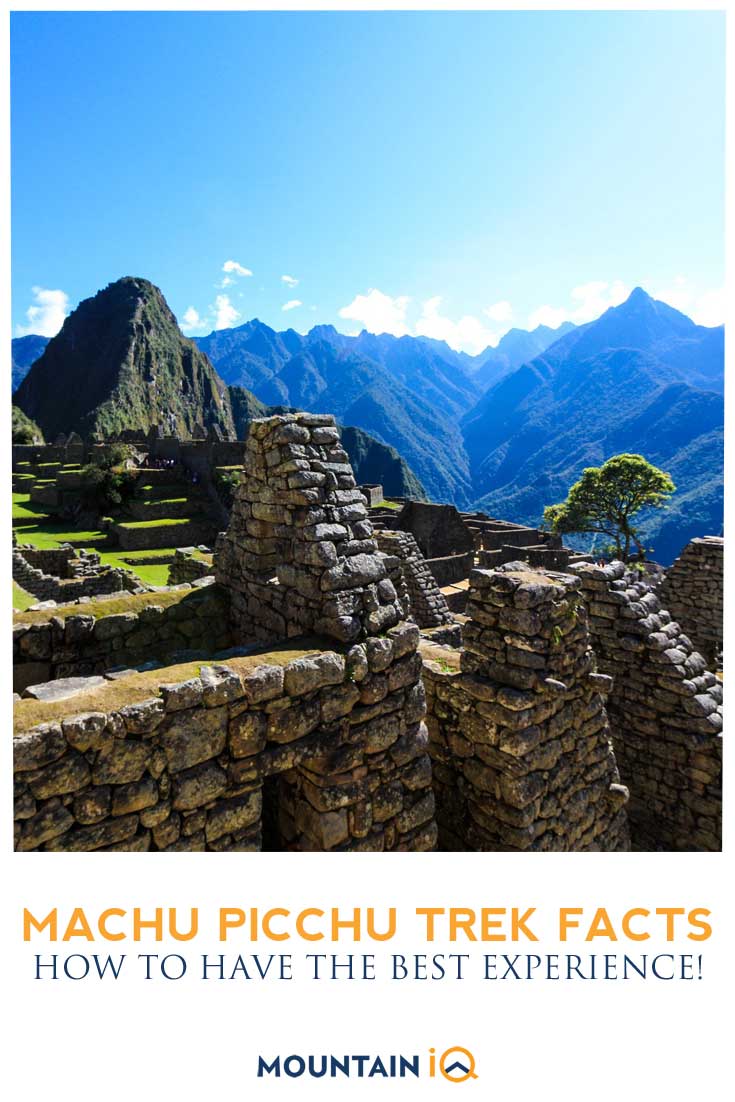

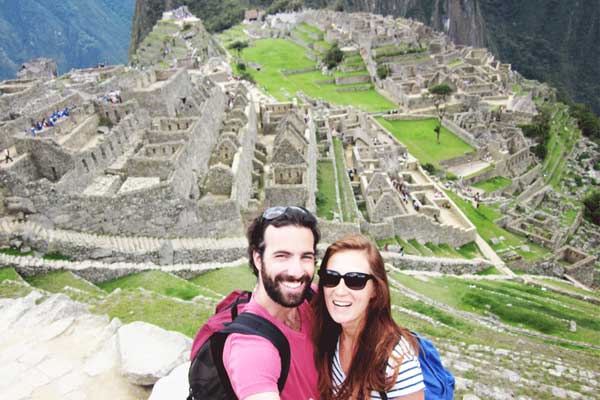
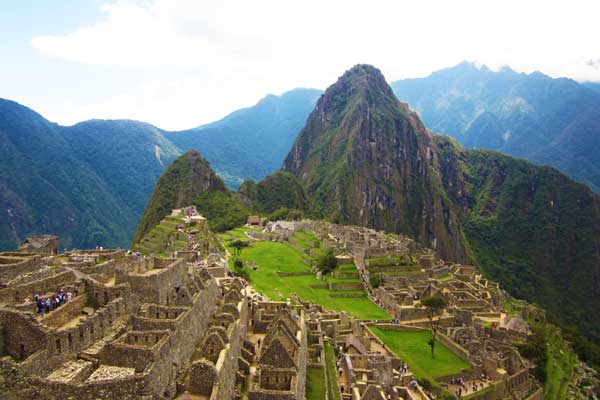
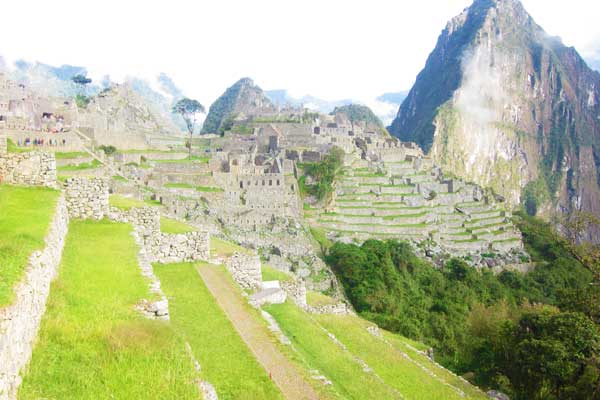
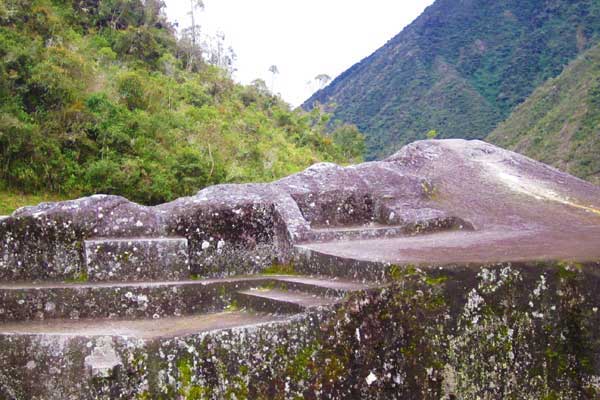
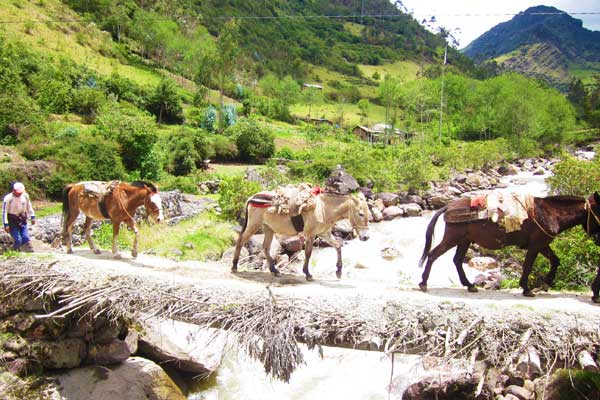
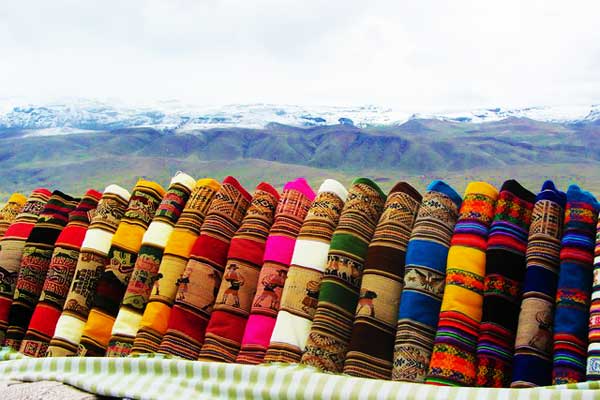
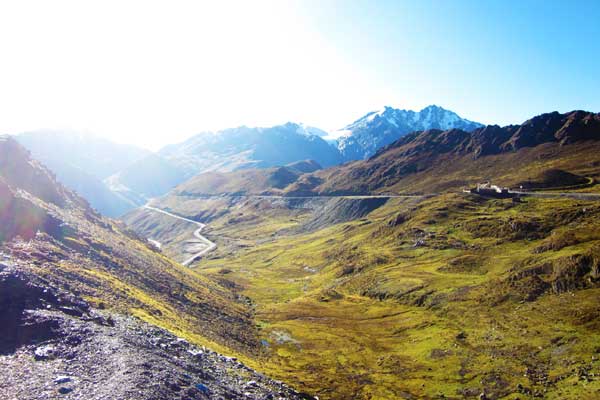
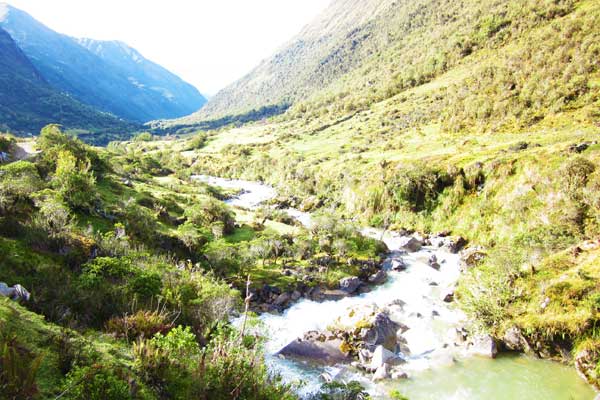
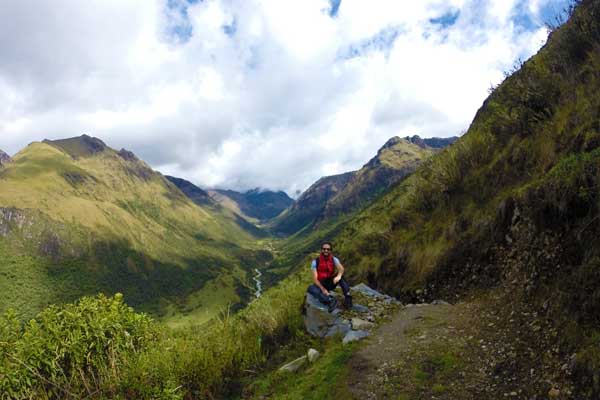
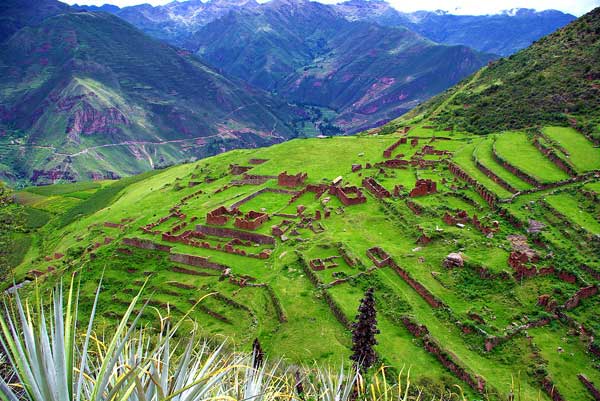
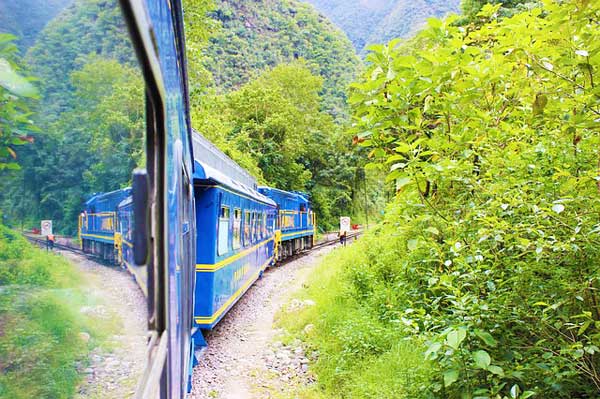
Very happy and satisfied using MountainIQ. A one stop site pertaining to trekking needs and informations.
Thanks!